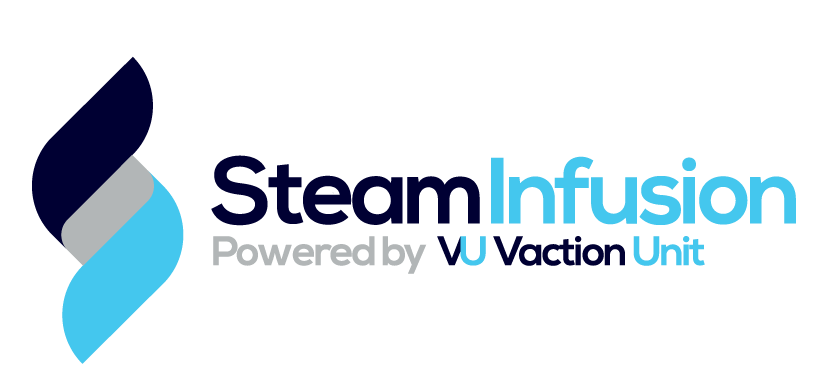Best practice grain hydration, oat, maize, wheat etc.
One of the more recent trends in food manufacturing has been the processing of grains to create healthy alternatives to high-sugar drinks and convenience foods. A critical part of creating these products is ensuring the grain is properly hydrated. Ian Beauchamp, Head of Process Engineering at OAL, gives us an insight into the challenges of hydrating grains and porridge type products and how these can be overcome with Steam Infusion.
Quality control in grain hydration
Firstly, it can be difficult to control the quality to create consistent products. The key to this is to make porridge / efficiently hydrate grains in the most efficient and controlled fashion.
Traditionally, grain-based products would have a “mashing-in” process where the temperature profile is raised over a period of time to enhance the flavour. However, with traditional methods such as steam-jacketed vessels or heat transfer plates, there is a risk of the product burning onto the cooking vessels from the hot contact surfaces. This will adversely affect the flavour as well as the colouring of the product.
How does Steam Infusion help?
Steam Infusion injects steam directly into the product, eliminating product burn-on, Maillard reactions, and discolouration. For products that require different characteristics, the operating pressure and temperature can be varied.
For example, Maheu is a maize-based drink that is widely consumed in Africa. When the flow of steam through the Steam Infusion Vaction™ Pump is varied, the level of shear changes to create either a gritty or smooth texture. A grittier Maheu is considered to be a more traditional texture and reminiscent of the home-made drink, while a smoother texture makes the drink similar to yoghurt. This level of control over your product is unique to the Steam Infusion process.
An added benefit of using Steam Infusion – particularly with dairy-based products such as porridge – is that you can achieve a glossier, creamier, fresher tasting product. The turbulence of the steam will distribute the fats in the product in smaller globules to give a creamier mouthfeel without adding additional fat.
Energy usage in grain hydration
The hydration process becomes more energy intensive as the temperature rises and the product’s viscosity increases. This makes it more difficult to introduce energy into the product, degrading the thermal energy efficiency. Grain-based products, in particular, will become gelatinous from the swelling of the granules during hydration and can create layers of different viscosities within the product.
The cooking method will also affect the thermal efficiency. Any method that uses a hot contact surface will start to foul as the product burns onto it. This leaves a thin film that will also reduce the thermal efficiency, preventing your product from cooking as efficiently as it should.
How does Steam Infusion address this?
The turbulence generated by the steam efficiently and effectively introduces thermal energy into your product overcoming the challenges of viscous food products. The steam disrupts the product at high velocity quickly cooking and mixing the food so a consistent texture is achieved throughout the product, unlike traditional cooking methods. This efficiency also reduces cooking times, saving energy and increasing the production quantities through reduced cycle times.
Cleaning your grain hydration equipment
The film and burn on reactions from traditional cooking methods cause another problem - cleaning. The elevated temperatures required make product burn on hard to avoid meaning more aggressive cleaning operations are needed. This takes up valuable production time and uses more cleaning products and resources.
How is Steam Infusion different?
With no hot contact surfaces, cleaning becomes much simpler. Steam is introduced within the mixing chamber of the Vaction Pump™ by way of an annular nozzle under negative pressure conditions creating a gentle thermal gradient. The Vaction Pump™ has no obstructions within the product passageway and is cleaned by way of fluid flow in the same fashion as a line clean. The steam is delivered to the Vaction™ Pump via an insulated lance, again removing any high temperature contact surfaces. These surfaces are easily cleaned, generally with a spray ball. Not only does this save valuable time in not needing to remove burnt on residues, but fewer cleaning detergents are needed and less water is wasted.
Want to increase your output of great-tasting grain-based products?
About the Author
Ian draws on over thirty years of experience working for companies such as P&G and APV within R&D, design, and project management together with leading product, service and engineering activities. Ian facilitates Performance Optimisation projects within the food industry in a global position utilising Six Sigma and Lean methodologies.

